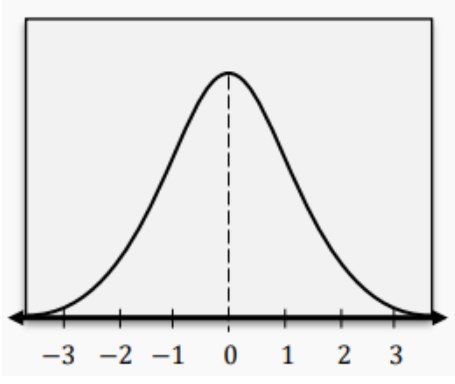Table of contents
- 1. Introduction to Statistics53m
- 2. Describing Data with Tables and Graphs2h 1m
- 3. Describing Data Numerically2h 8m
- 4. Probability2h 26m
- 5. Binomial Distribution & Discrete Random Variables3h 28m
- 6. Normal Distribution & Continuous Random Variables2h 21m
- 7. Sampling Distributions & Confidence Intervals: Mean3h 37m
- Sampling Distribution of the Sample Mean and Central Limit Theorem19m
- Distribution of Sample Mean - Excel23m
- Introduction to Confidence Intervals22m
- Confidence Intervals for Population Mean1h 26m
- Determining the Minimum Sample Size Required12m
- Finding Probabilities and T Critical Values - Excel28m
- Confidence Intervals for Population Means - Excel25m
- 8. Sampling Distributions & Confidence Intervals: Proportion1h 33m
- 9. Hypothesis Testing for One Sample3h 32m
- 10. Hypothesis Testing for Two Samples4h 49m
- Two Proportions1h 12m
- Two Proportions Hypothesis Test - Excel28m
- Two Means - Unknown, Unequal Variance1h 2m
- Two Means - Unknown Variances Hypothesis Test - Excel12m
- Two Means - Unknown, Equal Variance15m
- Two Means - Unknown, Equal Variances Hypothesis Test - Excel9m
- Two Means - Known Variance12m
- Two Means - Sigma Known Hypothesis Test - Excel21m
- Two Means - Matched Pairs (Dependent Samples)42m
- Matched Pairs Hypothesis Test - Excel12m
- 11. Correlation1h 24m
- 12. Regression1h 59m
- 13. Chi-Square Tests & Goodness of Fit2h 31m
- 14. ANOVA2h 1m
9. Hypothesis Testing for One Sample
Steps in Hypothesis Testing
Struggling with Statistics for Business?
Join thousands of students who trust us to help them ace their exams!Watch the first videoMultiple Choice
A survey claimed that 30% of adults prefer electric cars over traditional cars. A car manufacturer believes the true proportion is higher than 30%. To test this, they survey a random sample of 50 adults and find that 19 say they prefer electric cars. Determine which test statistic to use & calculate it.

A
z=1.23
B
z=−1.23
C
z=4.38
D
z=−4.38
 Verified step by step guidance
Verified step by step guidance1
Identify the type of test statistic needed: Since the problem involves testing a proportion, we will use the formula for the z-test for proportions.
Define the null hypothesis (H0) and the alternative hypothesis (H1): H0: p = 0.30 (the proportion of adults preferring electric cars is 30%), H1: p > 0.30 (the proportion is greater than 30%).
Calculate the sample proportion (p̂): p̂ = x/n, where x is the number of adults preferring electric cars (19) and n is the sample size (50).
Use the z-test formula for proportions: z = (p̂ - p) / sqrt(p(1-p)/n), where p is the hypothesized proportion (0.30), p̂ is the sample proportion, and n is the sample size.
Substitute the values into the formula and simplify: Plug in p̂, p, and n into the formula to find the z-value, which will help determine if the null hypothesis can be rejected.

 6:21m
6:21mWatch next
Master Step 1: Write Hypotheses with a bite sized video explanation from Patrick
Start learningRelated Videos
Related Practice
Multiple Choice
Which of the following is the first step in the process of hypothesis testing?
Steps in Hypothesis Testing practice set


